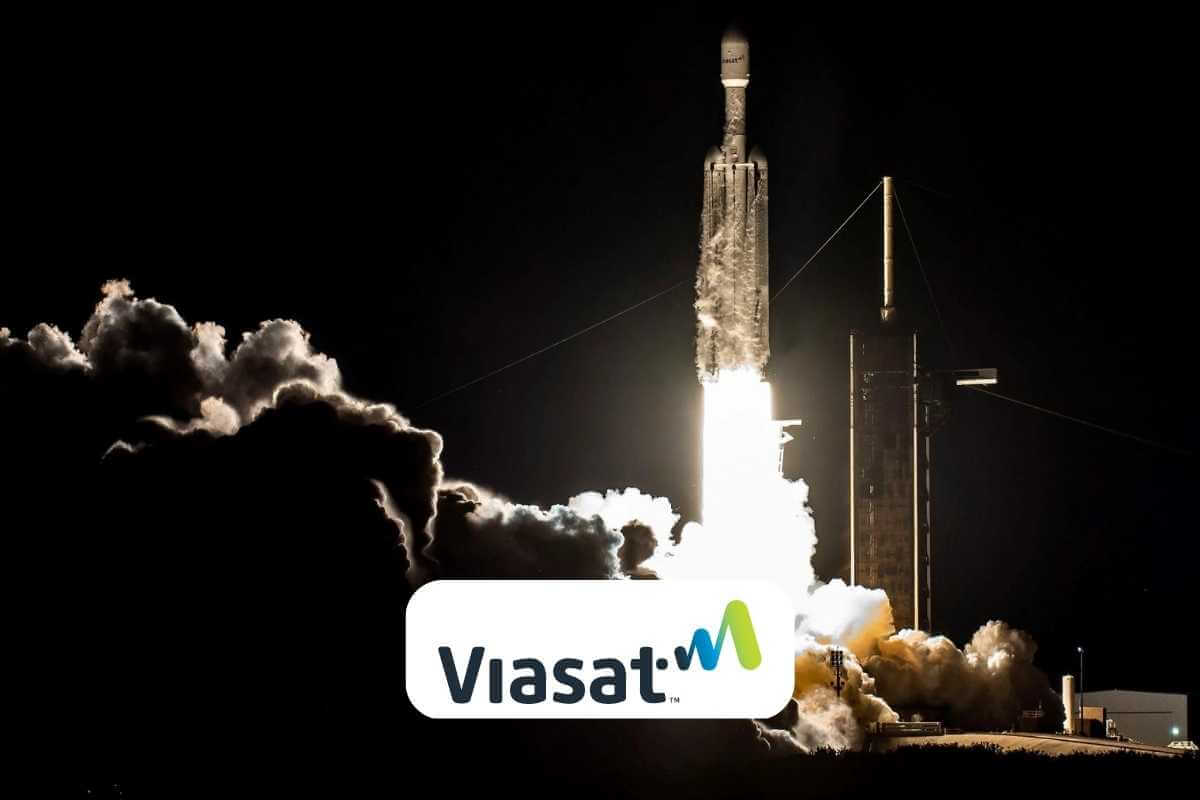
Global communications company Viasat announced the successful launch of its ViaSat-3 Americas satellite aboard the SpaceX Falcon Heavy rocket from Launch Complex 39A (LC-39A) at NASA's Kennedy Space Center in Florida on April 30.
First signals received from ground station in South Korea
The satellite separated from the launch vehicle four and a half hours after lift-off, and its first signals were received 15 minutes later via a ground station in South Korea. ViaSat-3 will now deploy its solar arrays and drift to its final orbital location, which Viasat expects will take less than three weeks for ViaSat-3 to reach its final orbital destination, located at 88.9 degrees west longitude.
Also Read: Viasat, Ligado and Skylo Ink Deal to Offer Direct to Device Services
Satellites capable of delivering over 1 Tbps of throughput capacity
Once operational, the ViaSat-3 class of Ka-band satellites will be capable of delivering over 1 Tbps of throughput capacity each, providing faster speeds and more coverage, especially for Viasat's mobility customers.
The first two satellites will focus on the Americas and the EMEA region, respectively, with the ViaSat-3 EMEA satellite currently undergoing environmental testing in Boeing's El Segundo, California factory.
The third satellite has completed the final payload integration and testing at Viasat's Tempe, Arizona facility and will cover the Asia Pacific region, completing Viasat's global service coverage.
Also Read: SES Successfully Launches Two More O3b mPOWER Satellites
Dynamic flexibility to move capacity where it's needed
According to a statement by Viasat, The ViaSat-3 satellites have dynamic flexibility to move and concentrate capacity where it's most needed, whether on land, in the ocean, or in the air.















